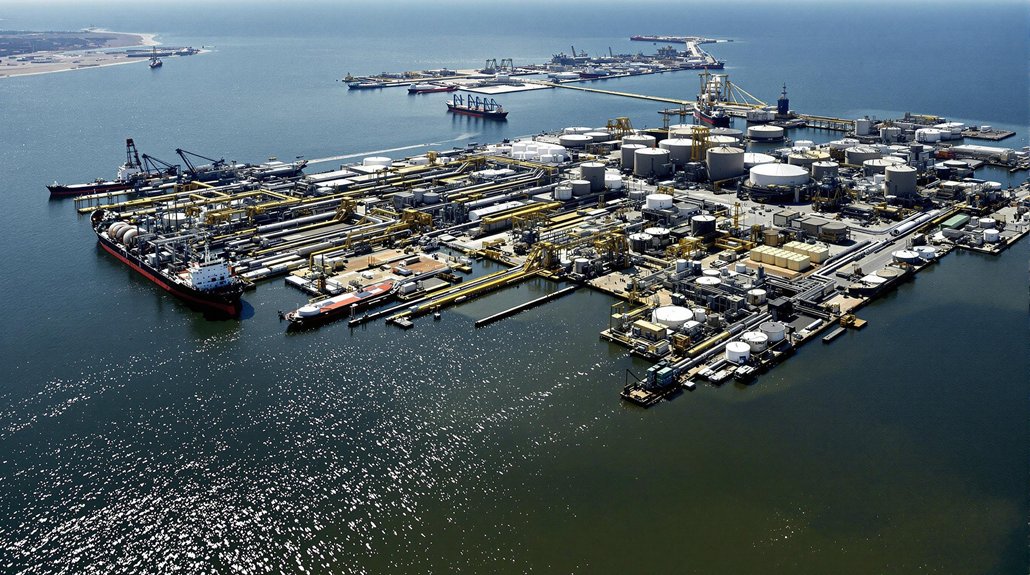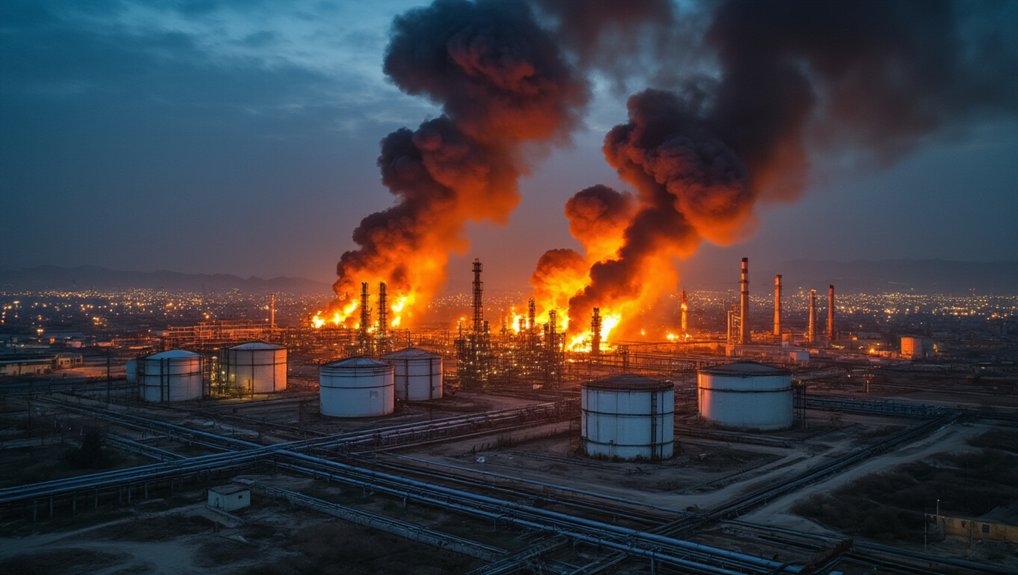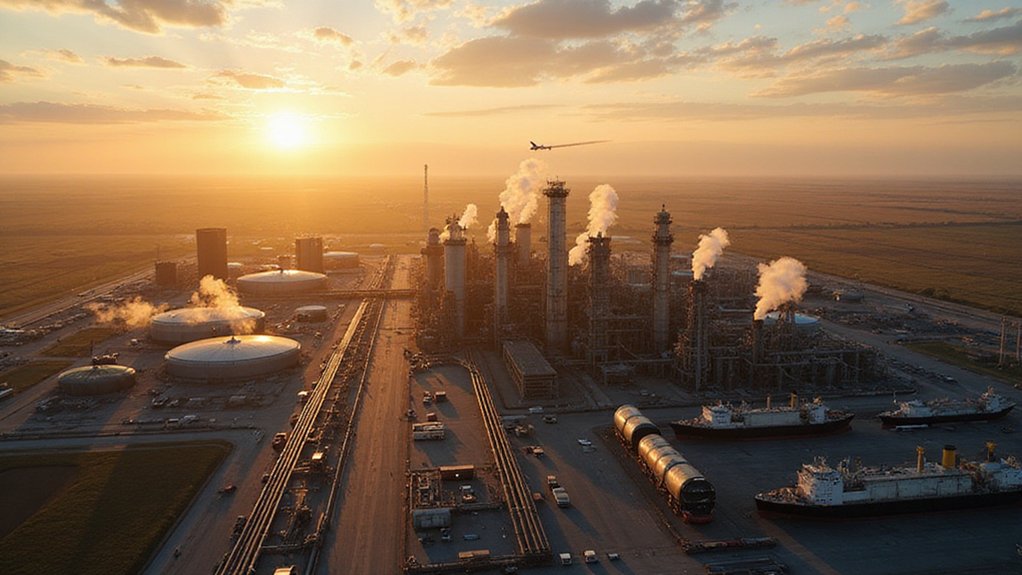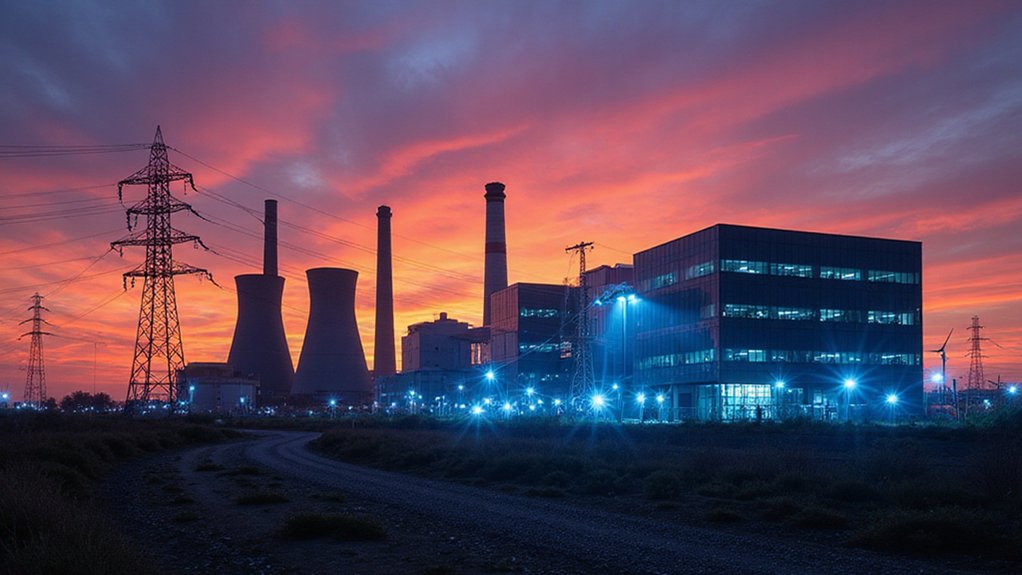Global energy markets face potential upheaval as Russian oil threatens to return. Already fragile OPEC+ agreements could crumble, sending prices into freefall. With demand surging 2.2% in 2024 and emerging markets gobbling 80% of growth, timing couldn’t be worse. Natural gas hit record highs while renewable shifts lag pathetically behind targets. China’s energy investments dwarf Western efforts, yet we’re all still hooked on fossil fuels. The tremors won’t just shake markets—they’ll reshape geopolitics.
As global temperatures shattered records for the second consecutive year, energy markets found themselves caught in a perfect storm of contradictions. Global energy demand surged 2.2% in 2024, hitting nearly 650 EJ, while CO2 emissions continued their upward climb. The planet’s not getting the memo about cooling off—literally. Cooling degree days jumped 6% higher than 2023 and a whopping 20% above the 2000-2020 average. Thanks, climate change.
While advanced economies finally reversed their downward trend with almost 1% growth, it’s the emerging markets driving the bus. Over 80% of global energy demand growth came from developing economies. China led the pack, though its growth slowed to under 3%. India followed, with an increase that outpaced all advanced economies combined. Let that sink in.
Emerging markets aren’t just joining the energy race—they’re setting the pace, with China and India leaving advanced economies in the dust.
Everyone wanted a piece of the energy pie in 2024. All fuels saw demand expand, with renewables accounting for 38% of growth in global energy supply. Natural gas grew 2.7% to a record high. Even coal refused to die, increasing just over 1% to reach an all-time high. So much for phasing it out. This stalled transition highlights a critical challenge, as renewable sources currently provide only 11.4% of energy while fossil fuels still dominate with 84.3% of global supply.
The power sector went into overdrive with electricity demand surging 4.3%, outpacing global GDP growth of 3.2%. Natural gas remained king, generating 43% of electricity, while renewables grew to 24%. The U.S. actually managed 42% zero-emission power. Not bad.
Money flowed like never before, with global energy evolution investments hitting $2.1 trillion in 2024. China alone invested $818 billion—more than the U.S., EU-27, and UK combined. Show-offs. Kate Hardin’s team has been tracking how these energy transition implications reshape industrial and power sectors worldwide.
Yet despite this green spending spree, we’re nowhere near the $5.6 trillion annual investment needed to reach net zero by 2050. Weather-driven disasters didn’t help, with the U.S. facing 27 climate catastrophes costing $182.7 billion. The experts predict Brent oil prices will average between US$70 to US$75/bbl in 2025 as OPEC+ struggles to maintain price stability. The tremors are just beginning, and Russian oil’s potential return might just turn them into full-blown quakes.









